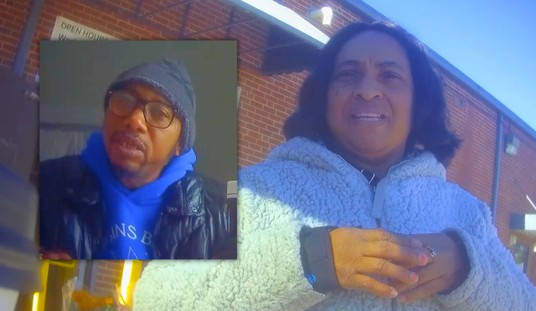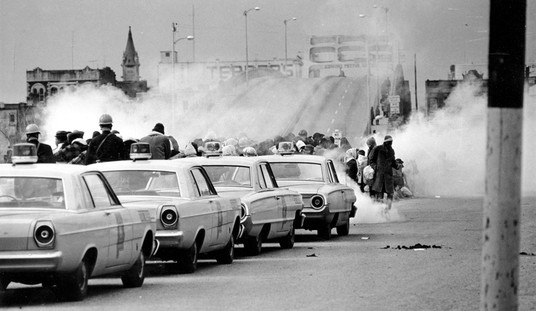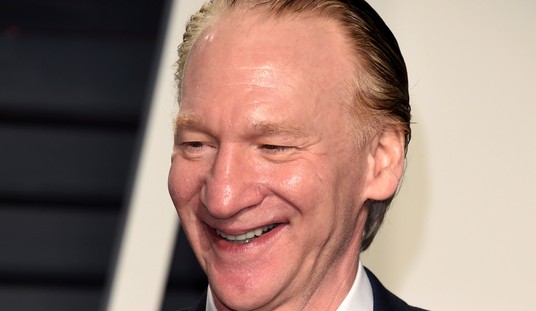I strongly encourage you to read this very-long-but-worth-it Pro Publica investigation if you can spare the time, as it attempts to solve two of the great mysteries of the coronavirus crisis.
One: Why did New York City get hit with the viral equivalent of an atomic bomb while San Francisco escaped almost unscathed?
Two: Why do people remain under the impression that Andrew Cuomo has done a good job handling the epidemic?
Right, sure, it’s no easy feat for a governor to hold down the death toll from a highly infectious novel disease while shutting down commerce among a population of 20 million people. But Gavin Newsom had to manage a population twice that size and did pretty well, and yet there’s no chatter about swapping out ol’ Joe Biden for Newsom as the party’s nominee as there is with Cuomo.
If fans want to qualify Cuomo’s failure by acknowledging that he had a herculean task, that’s perfectly fine and fair. But let’s at least acknowledge the failure.
Here’s a tease for you from the Pro Publica piece. In some respects Cuomo was in even deeper denial about the threat from COVID-19 than Bill de Blasio was, and de Blasio was in deep denial. So deep, the story notes, that by mid-March de Blasio’s own health department was sufficiently enraged by his dawdling on shutting things down that they hatched a plot to stage a sort of coup, in which “one of the department’s most senior leaders [would] effectively dare the mayor to fire him by going live on television and expressing the urgent need to close schools and issue more serious restrictions immediately.” It turns out that even de Blasio grasped the need for a lockdown before Cuomo did, though.
New York Gov. Andrew Cuomo, however, reacted to de Blasio’s idea for closing down New York City with derision. It was dangerous, he said, and served only to scare people. Language mattered, Cuomo said, and “shelter-in-place” sounded like it was a response to a nuclear apocalypse.
Moreover, Cuomo said, he alone had the power to order such a measure…
“No city in the state can quarantine itself without state approval,” Cuomo said of de Blasio’s call for a shelter-in-place order. “I have no plan whatsoever to quarantine any city.”
Cuomo’s conviction didn’t last. On March 22, he, too, shuttered his state. The action came six days after San Francisco had shut down, five days after de Blasio suggested doing similarly and three days after all of California had been closed by Newsom. By then, New York faced a raging epidemic, with the number of confirmed cases at 15,000 doubling every three or four days.
Had Cuomo and de Blasio moved even a week or two earlier to shut things down, the death toll might have turned out to be half of what it ended up being according to one model. But that’s the tip of the iceberg. Pro Publica describes other mystifying failures, from poor advance planning in keeping New York State’s PPE stockpile full (Cuomo’s been governor for nearly 10 years, remember) to his state health department cutting off information-sharing with NYC’s health department to Cuomo treating the early outbreak in Westchester County as some sort of freak isolated incident instead of a harbinger of how bad things were about to get in NYC.
But Cuomo’s incredulity at the urgency of the situation as the crisis deepened stands out:
With New York City’s schools closed, de Blasio on March 17 raised the possibility of asking everyone in the city to shelter in place.
The Cuomo official said de Blasio’s talk was “freaking people out.” If the most drastic sorts of constraints on the public were to be ordered, it would be done with deliberation.
On March 19, Cuomo announced what he called “the ultimate step.” He issued an executive order requiring “that all nonessential businesses statewide must close in-office personnel functions.” Cuomo said he was temporarily banning “all nonessential gatherings of individuals of any size for any reason.”
It would be another two days before the order went into effect.
“I want to remind New Yorkers that the panic we are seeing is outpacing the reality of the virus,” he said at the time, shortly before the city became the global epicenter of COVID-19. He’s done a lot of buck-passing too since then, Pro Publica notes, grumbling that it’s not his fault that travelers from Europe continued to arrive in New York until Trump banned travel in mid-March. Fair enough — but the fact that he and de Blasio couldn’t control who was arriving should have made them move more urgently to control what was under their control by shutting down sooner.
The bottom line, per genomic analysis: NYC ended up being the “primary gateway” for coronavirus outbreaks across the United States.
Bear in mind, there are many other failures that the Pro Publica story doesn’t touch on. There’s the baffling delay in ordering NYC’s subway system sanitized daily, a move that didn’t come until the very end of April. And there’s the insane, infuriating decision to require nursing homes to readmit residents who had tested positive for coronavirus, a “fatal error” that’s now been reversed but not before costing many thousands of lives. At last check the state department of health had begun to massage the numbers on nursing-home deaths in New York by deciding not to count anyone in the official toll who didn’t die *on the premises* of a nursing home. I.e. if an ambulance showed up to whisk away a resident dying of COVID-19 to the hospital before they expired, that would no longer be a “nursing-home death.”
How did Cuomo overcome all of that to earn a stellar job approval rating and press adulation? Three reasons. One, obviously, is his partisan affiliation. Two is the public’s willingness to cut most political leaders a ton of slack in handling a crisis that represents uncharted territory in modern American life. Three, as superficial as it may be, is that he frequently finds the right “tone” in his daily briefings. For all the hype about Trump having mastered the media, it’s another politician from New York who’s succeeding right now primarily because he’s good on television.
Here again is the link to the Pro Publica piece. One last thought before you go read: Although the delay in issuing the stay-at-home order is viewed as Cuomo’s primary failure, bear in mind that various data has shown that Americans across the country began self-isolating voluntarily before their local officials started ordering lockdowns. That’s one of the best arguments the “reopen now” crowd has in their favor, in fact — lockdown orders don’t actually influence behavior much, so why keep them in place? Case in point, here’s a piece from all the way back on March 14, before NYC shut down, studying the trend in restaurant reservations through the OpenTable app as public awareness of the threat from COVID-19 grew. Quote: “Reservations in New York state fell off a cliff last week, declining 54% there as the government took increasingly serious action to prevent large gatherings. That includes a 61% decline in New York City on Friday as many locals worked from home and Broadway’s shows went dark.”
Given that New Yorkers and San Franciscans had access to the same national information about coronavirus and were presumably behaving similarly in response, there would seem to be more behind the disparate outcomes in the two cities than just “Cuomo sucks.” Was New York seeded with many more cases early? Was the strain in New York especially deadly and/or infectious, as at least one study suggests? It could be that Cuomo’s delay in issuing a stay-at-home order was primarily an informational failure more so than a policy failure. That is, although lockdowns may not directly influence people’s behavior much, they’re an unusually stark way for the government to communicate to the public that it’s facing an unprecedented threat that requires immediate adaptation. Although New Yorkers were abandoning restaurants by early March, San Franciscans may have been scaling back even earlier due to the emergency order issued there in February. A week or two of urgent signaling from local leaders might have made all — or at least some of — the difference.








Join the conversation as a VIP Member